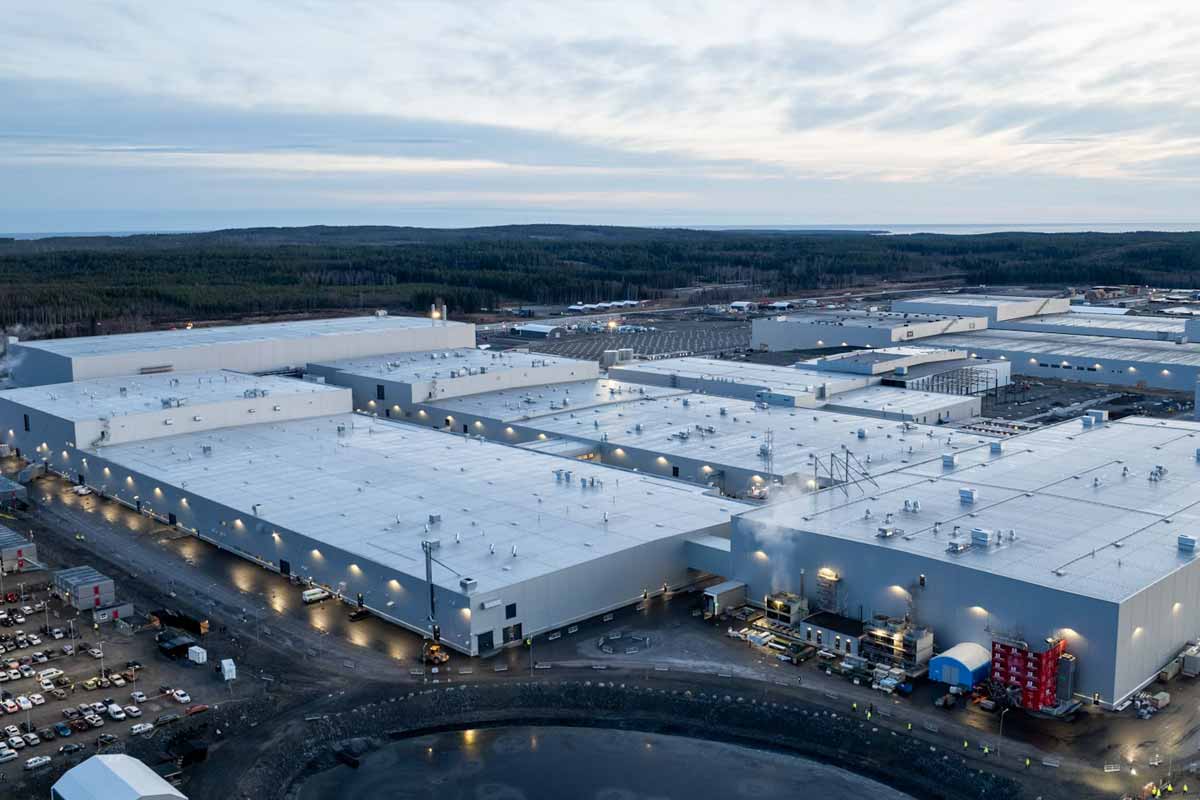Pressure built for years, then the fault line cracked. U.S. Magnesium, the nation’s lone primary producer, now seeks shelter under Chapter 11 bankruptcy after a deep rift with Utah regulators. The move touches defense supply chains, air quality rules, and jobs. Leaders point to a going-concern sale. Communities brace while suppliers pause and Washington watches. Pollution findings near the Great Salt Lake and market shocks form the tense backdrop. Equipment failures and a lithium pivot complicate choices.
Utah dispute and pollution findings reshape the stakes
U.S. Magnesium operates on the Great Salt Lake and supplies the country’s only primary magnesium. The metal is light, strong, and central to defense, aerospace, cars, and energy. Because of this strategic role, Washington lists magnesium as critical. The company’s stability shapes supply chains, factory schedules, and national security planning.
Utah’s Division of Forestry, Fire and State Lands moved to terminate leases after pollution concerns. A CIRES winter study in 2017 traced chlorine and bromine plumes from the Rowley refinery. Researchers linked halogen emissions to persistent brown clouds over the valley during seasonal inversions, complicating regional health and regulatory debates.
Modeling suggested refinery chlorine and bromine contributed roughly ten to twenty-five percent of particulate during episodes. Salt Lake Valley PM2.5 exceeded national standards about eighteen days each year, adding pressure. Lead author Carrie Womack said chlorine emissions showed no significant decline in recent years, keeping scrutiny intense and negotiations difficult.
How Chapter 11 reframes operations and a going-concern sale
On September 10, 2025, the company filed in the U.S. Bankruptcy Court for Delaware. Estimated assets and liabilities each range from one hundred to five hundred million. The Renco Group owns all equity. Leaders say Chapter 11 provides stability while they address leases, liquidity, and regulatory issues without abrupt shutdowns.
Management plans a going-concern sale under Sections 363 and 365 of the Bankruptcy Code. The process aims to preserve value, honor employees and partners, and sustain environmental programs around the lake. Leaders suggest the State may welcome clarity because it avoids inherited liabilities, while talks could reset a strained relationship.
During court supervision, essential operations can continue, subject to cash and approvals. Vendors seek certainty, and the automatic stay organizes claims while a sale proceeds. If bids emerge, a buyer could assume leases and obligations, keeping domestic production alive and reducing the risk that critical parts depend on foreign sources.
Why magnesium supply matters for defense and industry
Magnesium’s appeal comes from strength at low weight. Designers use it in armored vehicles, aircraft frames, missiles, and electronics that must shed ounces. Lower mass saves fuel and extends range, which matters for sorties and logistics. Civil manufacturers gain lighter cars and drones, trimming costs while keeping safety margins intact.
In industry, magnesium alloys support airplane parts and missile housings. Automakers cut weight to improve mileage and extend EV range. Electronics makers balance strength with portability in laptops and phones. Energy projects deploy alloys in wind turbines and research. Because constraints persist, Chapter 11 outcomes shape timelines, costs, and choices.
The government designates magnesium as critical because dependency can ripple into readiness. China produces about eighty-five percent of global supply, and Russia exports meaningful volumes. Without domestic production, the United States would lean on these sources. That reliance raises cost and sanction risks, explaining Pentagon attention when domestic output wobbles.
Timeline, ownership, and dollars behind the filing
Ownership resides with The Renco Group, which holds one hundred percent of equity. Leaders cite oversupply and dumping that crushed prices. A customer, Allegheny Technologies’ Rowley facility, closed in 2016. Equipment failures and the pandemic triggered force majeure, idled operations, and strained liquidity, setting the stage for a restructuring path.
To diversify, management built a lithium carbonate plant, described as first of its kind domestically. They applied advanced technology to brine feedstock from the Great Salt Lake. Ownership invested more than four hundred million dollars, paying salaries and vendors while taking no dividends, distributions, or fees in the past decade.
Despite investment, lithium carbonate prices fell about eighty percent, eroding cash flows. Operational issues compounded the shock, and changing regional water policies complicated access. Leadership described a regulatory assault over two and a half years. Facing those headwinds, the company paused lithium operations and confirmed the pivot in a statement.
Geopolitics, lithium pivot, and the road ahead with Chapter 11
Officials and executives warn about import exposure. Analysts note the United States imports over fifty-four percent of magnesium needs. Companies seek safe, secure, onshore supply in North America. Those priorities explain why a domestic producer carries weight in procurement talks, when output pauses or market prices swing during uncertain cycles.
Policy voices frame minerals as security issues. A White House message under President Trump urged action to expand mineral production, citing risks from hostile suppliers. Defense planners echo that view and tag magnesium as important for readiness. That backdrop shapes procurement and investment decisions while court processes reshape corporate footprints.
Ownership signals continued support. Renco intends to recapitalize the entity, purchase assets, and assume environmental liabilities, presenting commitment rather than exit. Inside Chapter 11, pledges matter because bidders prefer clarity on cleanup costs. If financing lands and approvals align, operations can restart under a cleaner balance sheet and negotiated agreements.
What changes next and why the timeline now matters
The path forward turns on bids, financing, and cooperation. A going-concern sale could preserve skilled jobs, reduce supply risk, and fund environmental obligations. Communities near the lake expect clearer air; engineers want predictable deliveries; investors seek fair value. Handled carefully through Chapter 11, those aims can align. Handled poorly, dependence deepens on rivals overseas. The window is narrow, yet a disciplined process can still balance health, security, and industrial resilience.
